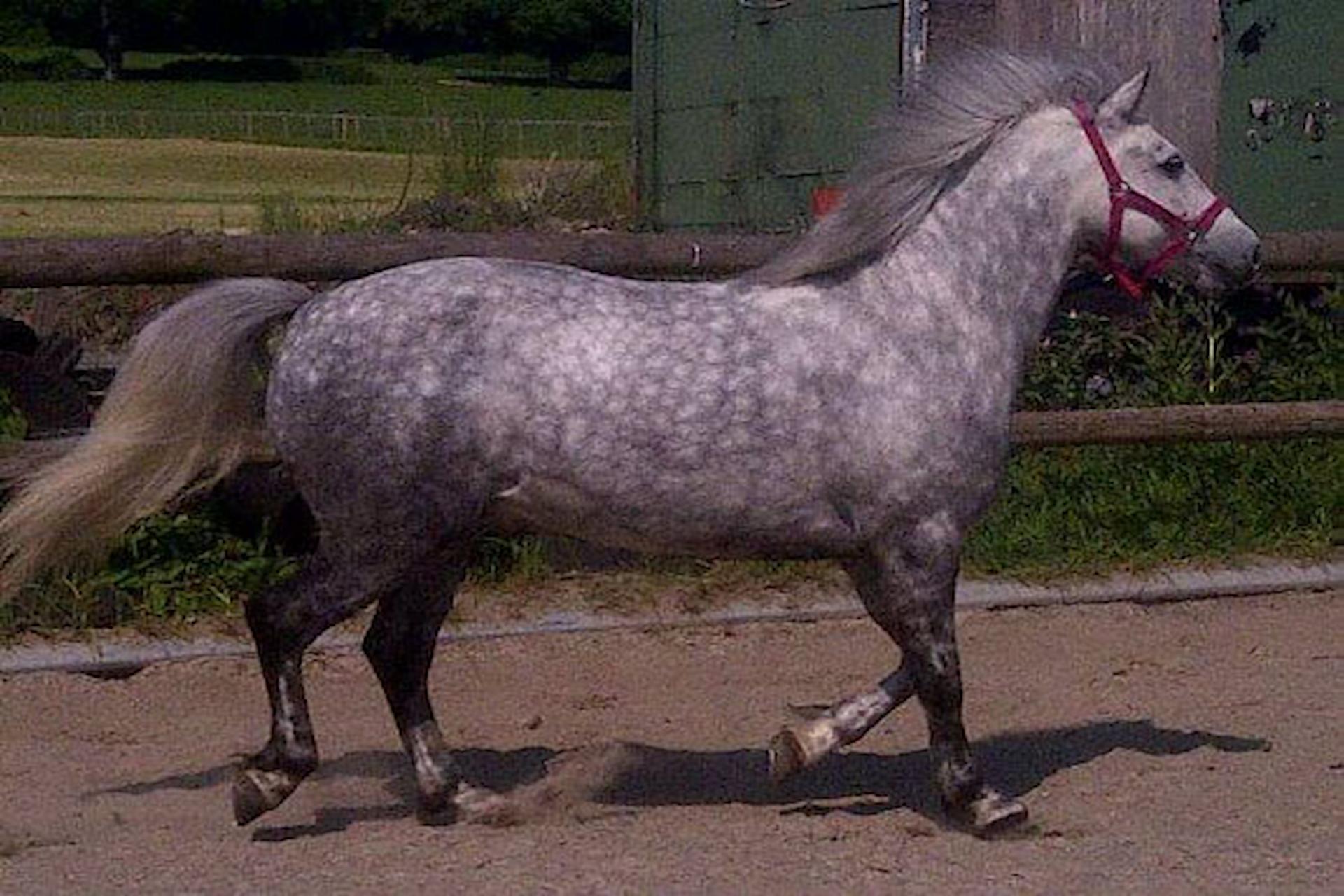Common Ailments In Dressage Horses And How To Reduce The Risk Of Them Affecting Your Horse
As their owner, making sure your horse is healthy and comfortable is a key responsibility but when your horse is trained to perform at the highest level, it is even more crucial to spot the signs of any injuries or ailments early so you can treat them quickly. A range of conditions can affect the dressage horse. Although EMS in horses is typically thought to affect fat ponies, it can be an issue for dressage horses too. Other nutrition related issues include colic and gastric ulcers which are associated with stress and competition as well as musculo-skeletal problems. Below, we’ll look at some of the most common ailments you’ll find in a dressage horse, and how you can prevent them from taking hold.
What Is Dressage?
You may have heard of dressage with it being one of the sports featured in the Olympics, but how much do you really know about it? Dressage involves a horse and rider performing specific movements in front of a panel of judges who score the competitors on how well the movement is performed. At the basic levels movements are simple circles or serpentines but as horses progress they are expected to perform more difficult movements such as pirouettes as well as to be able to piaffe which is when the horse trots on the spot. This requires immense strength and control. When the routine is completed, the scores from the judges are added together and presented as a percentage – the higher, the better!
Dressage is a sport, and therefore takes the correct training and nutrition to get a horse to a standard in which it can perform to the best of its ability. Unfortunately, just like any athlete, dressage horses can become ill or injured during times of training and performance. We’ll look at some of the most common ailments and how we can avoid them.
Osteoarthritis
This can occur in performance horses due to the load that a dressage horse’s legs and feet take during training and competition. Joint pain causes inflammation in various areas around a horse’s body, which can then result in lameness. Riders can tell if their horse is suffering from pain or the subtle beginnings of lameness when horses begin to shorten their stride, or they struggle to canter. Although it can be difficult to know how to ease a horse’s load on its legs, there are ways that you can prevent osteoarthritis from taking hold. You could give your horse a period off after competition so that they recover sufficiently. You should also make sure that your dressage horses’ hooves are balanced and taken care of, as an unbalanced hoof can result in unnecessary or uneven joint loading.
Sacroiliac Pain
This type of ailment is also common with the dressage horse. The sacroiliac area is located beneath where the saddle sits, where the spine meets the pelvis. During dressage, this area needs to be kept strong – this is what causes the horse to look like it is ‘floating’ during the competition. A rider may be able to tell if their horse is suffering from pain in this area if they notice a generally poor performance that is unusual from the horse, as well as if they are not willing to perform a certain movement or turn a certain way. It can be difficult to diagnose issues in this area but ensuring that your horse has a well-fitted saddle is essential, you could also use exercises to strengthen these muscles like leg weights or water treadmills to prevent muscle weakening and pain in your dressage horse.
Colic
Colic can occur in a dressage horse. This could be due to several issues, like not taking on enough water, not following a proper diet or other factors like dental problems. Because a dressage horse is a performance horse, you should be ensuring that it replenishes the water that it is losing through sweat when training, particularly on competition days. You should make sure there is always a clean supply of water for your horse – you could also use electrolyte supplement to aid recovery from particularly strenuous activity. If you struggle to get your horse to drink during the winter months, you should try warmer water.
High cereal rations which are fed in meals also significantly increase the risk of colic. If you can switch to a high fibre ration which takes longer to eat it will help to keep the horse’s digestive system healthy. It will also reduce the risk of ulcers developing in the stomach which can also result in colic symptoms.
